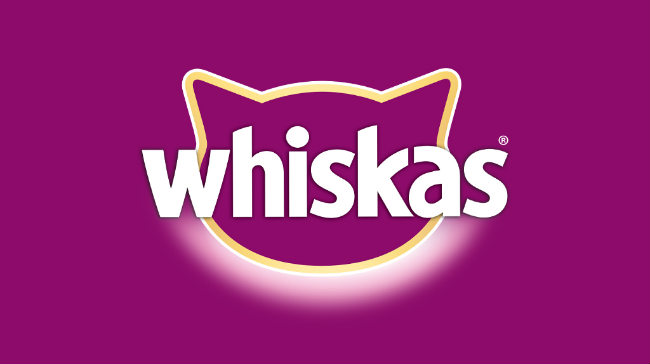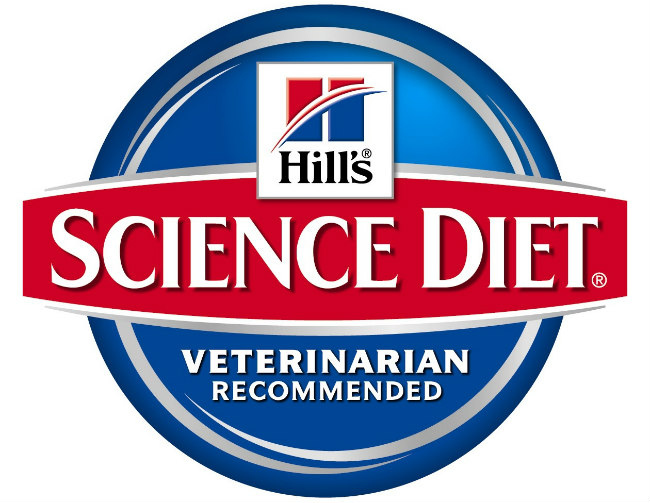Are you searching for a formula with a meat protein source that is different from the usual beef and lamb? Just like humans, cats too can get bored with feeding on the same type of food every day. It is, therefore, advisable to switch between formulas to offer your cat some variety. There are plenty of formulas made from different meat protein sources. Turkey is one of the most ideal alternatives to beef or lamb.
The Whiskas with turkey and giblets in gravy is a wet cat formula that offers turkey meat as the main source of protein. According to the manufacturer, the turkey meat is marinated in sauces and is bound to keep your cat coming back for more. The company claims to have used the best ingredients for the good health of your cat.
Is the formula an ideal lamb and beef alternative for your cat? Read on to find out.
Ingredients in Whiskas with Turkey and Giblets In Gravy
Sufficient water for processing, chicken, meat by-products, wheat gluten, turkey, starch, poultry giblets, salt, natural flavor, poultry by-products, sodium tripolyphosphate, added color, guar gum, potassium chloride, magnesium sulfate, taurine, Choline chloride, dl-methionine, vitamin e supplement, zinc sulfate, ferrous sulfate, thiamine Mononitrate (vitamin b1), copper sulfate, manganese sulfate, pyridoxine hydrochloride (vitamin b6), potassium iodide, vitamin d3 supplement, folic acid, menadione sodium bisulfate complex (source of vitamin k activity).
Reviewing the first five ingredients
Water
As you might expect, water is mostly added for moisture and cooking purposes. It does not add any nutritional value to the food.
Chicken
Chicken is a very popular ingredient for pet food and in this case, they are referring to whole chicken. This is a very high quality meat source and we are pleased to see it listed. However, whole chicken loses about 80% of its content during the cooking process since the majority of whole chicken is water. After the cooking process is complete, the amount of whole chicken remaining is substantially reduced. Therefor, while whole chicken is a great source of meat protein, this ingredient alone is not enough to provide sufficient levels of meat protein in a cats diet.
Meat by-products
This is about the lowest quality meat product that can be included in any cat food. We are very disappointed to see this ingredient listed. Meat By-Products are parts of slaughtered animals including the lungs, spleen, kidneys, brain, liver, blood, bone, partially defatted low-temperature fatty tissue, and stomach and intestines freed of their contents. In addition, meat by-products can also legally contain animals that were dead, dying, or diseased before slaughtering. Many times, animals with tumors are ground and processed, meaning, ground up cancerous tumors could legally be included in your pets food. While unlikely, it can even legally include road kill. Perhaps worst of all, this ingredient COULD include meat from euthanized cats, dogs, horses, or other animals. Meat by-product is an unnamed meat source and you never know for sure where it is coming from or what animals are being used. Also note that meat by-products are not approved for human consumption. It consists of unwanted parts only acceptable in the pet food or feed industries. This is one of the most controversial meat ingredients that could be included and there is much to be concerned about when purchasing any pet food that includes meat by-products.
Wheat gluten
We don’t think any grain is “good” for your cat. It doesn’t mean wheat gluten is “bad” for your cat, either, but the fact it provides almost no nutritional value makes us question the quality of the ingredient. Wheat gluten can be a decent protein source for animals with digestive systems that can break it down, but as obligate carnivores, cats are not one of those animals. Their digestive systems produce only the enzymes necessary for processing animal-based proteins. There are also some allergy risks associated with wheat gluten. In addition, too much of this in a cats diet can potentially lead to weight gain and diabetes. Unfortunately, diabetes in cats is a very serious health problem, so it is important to keep a close eye on your cats weight and diabetic risk when feeding a cat food containing ingredients like wheat gluten.
Turkey
As a whole meat ingredient, turkey is a fantastic source of very healthy animal based proteins. We are extremely pleased to see this ingredient listed. Unfortunately, in dry kibbles, there is not as much of this ingredient included as you might initially think. Ingredients are listed by weight prior to the cooking process and since whole turkey is about 70% moisture, the vast majority is cooked off. So while we think this is an excellent and nutritional ingredient, it does need to be complimented by other high quality meat protein ingredients when used in dry kibbles. In wet cat foods, however, this is not nearly as much of a concern.
Other ingredients worth looking at
Poultry giblets
This ingredient typically includes the heart, gizzard, liver, and other visceral organs of various types of birds, most commonly the foul. Often times, the neck is included in the giblets. This is not an ingredient generally used for human consumption, but there is nothing especially harmful about this ingredient for cats since they thrive on organ meat. This provides a healthy amount of proteins, vitamins, minerals, iron, and other essential nutrients cats require for a healthy life.
Starch
Starch or amylum is a carbohydrate consisting of a large number of glucose units joined by glycosidic bonds. This polysaccharide is produced by most green plants as an energy store. It is the most common carbohydrate in human diets and is contained in large amounts in such staple foods as potatoes, wheat, maize (corn), rice, and cassava. Starch is most commonly found in dry cat food products to help bind the food together. While some cats may have trouble digesting this ingredient and it doesn’t provide a whole lot of nutritional value to a cat food, the risks associated with starch in cat food is pretty minimal. However, since it doesn’t really provide any nutritional value for your cat, many cat owners are shying away from this ingredient and are moving towards the ever increasing number of starch free cat food blends.
Salt
Salt is necessary for a cats body to function properly, but too much salt can be dangerous and even deadly. Usually, salt is added to pet food in order to meet AAFCO nutritional requirements. Salt, or sodium chloride, is indeed necessary so cat food that doesn’t contain enough will have a bit of it included. Salt helps your cats cells move nutrients and waste products where they need to go, and it helps his or her tummy make the right amount of acid to digest food properly. According to the Journal of Nutrition, average-sized cats need about 21 milligrams of salt per day. Many cat foods have higher concentrations than that. The National Research Council recommends no more than 42 milligrams per day. Most of the time, salt in commercial cat food products poses no danger and does have some nutritional benefit.
Poultry by-products
This ingredient is made from grinding clean, rendered parts of poultry carcasses and can contain bones, offal and undeveloped eggs, but only contains feathers that are unavoidable in the processing of the poultry parts. The quality and composition can change from one batch to another. For the most part, this ingredient contains the “non-meat” poultry products like feet, beaks, and bones. While you probably wouldn’t want to eat poultry by-products on your own dinner plate, cats tend to love this stuff. This ingredient does provide a high amount of protein, but we are unable to tell exactly what parts of the animal they are using and that is a bit troublesome.
Can the formula cause allergies?
The Whiskas with turkey and giblets in gravy wet formula contains wheat gluten which is an allergen. It is likely to cause allergies in your cat.
Ingredients not to feed your cat on
Apart from wheat, you should avoid feeding your cat on soy and corn based formulas. These too can trigger allergic reactions. Gluten, animal by-products as well as added color and preservatives are also harmful ingredients that can cause obesity, diabetes and poisoning in cats.
Conclusion
This formula contains several unexplained ingredients that could potentially harm your cat. Moreover, it contains wheat gluten which is a known allergen. It is best to steer clear of this formula if your cat is prone to allergic reactions.




